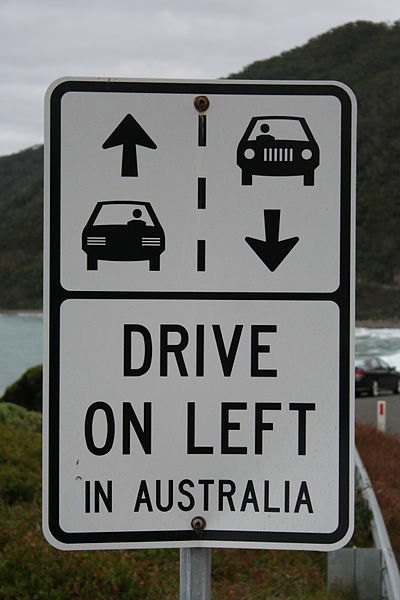After his studies of Mechanical Engineering the son of a master baker got to know the designer Wilhelm Maybach in his first job in a mechanical engineering company. This lifelong friendship and cooperation not only resulted in the first benzene-driven combustion engine, the first motorbike (1885), the first engine-driven carriage (1886) or engines for boats, locomotives and airships (1887/1888) but also in the company Daimler-Motoren-Gesellschaft founded in 1890.
Finally on 18 August 1896 his group presented the first motorised truck of the world, the "Phönix".

A two-cylinder engine with a cylinder capacity of 1.06 litres achieved a power of 4 PS and a maximum speed of 16 km/h. In the open and on iron wheels the driver could go for about 200 kilometers. On 1 October 1896 Daimler-Motorengesellschaft delivered the first truck to London.
Further information:
http://en.wikipedia.org/wiki/Gottlieb_Daimler




